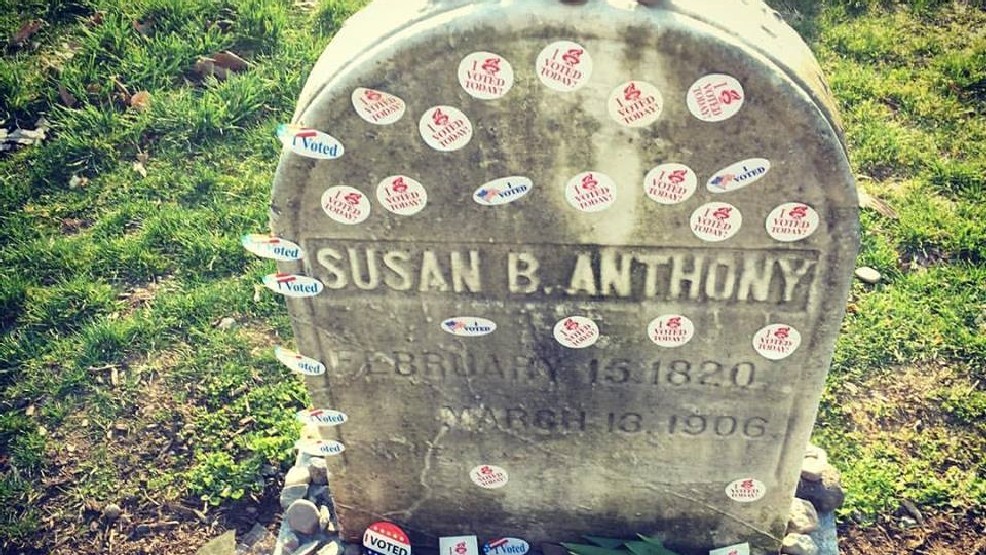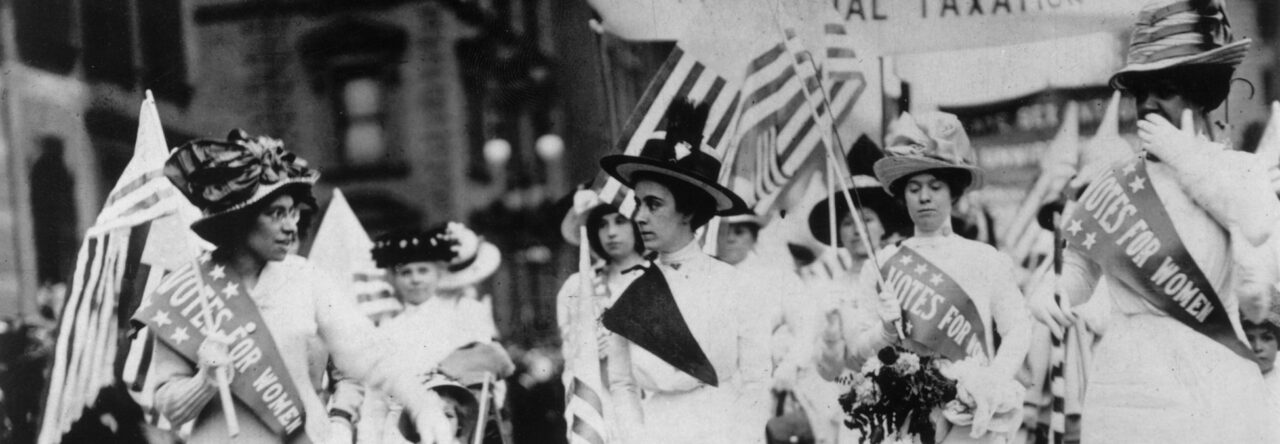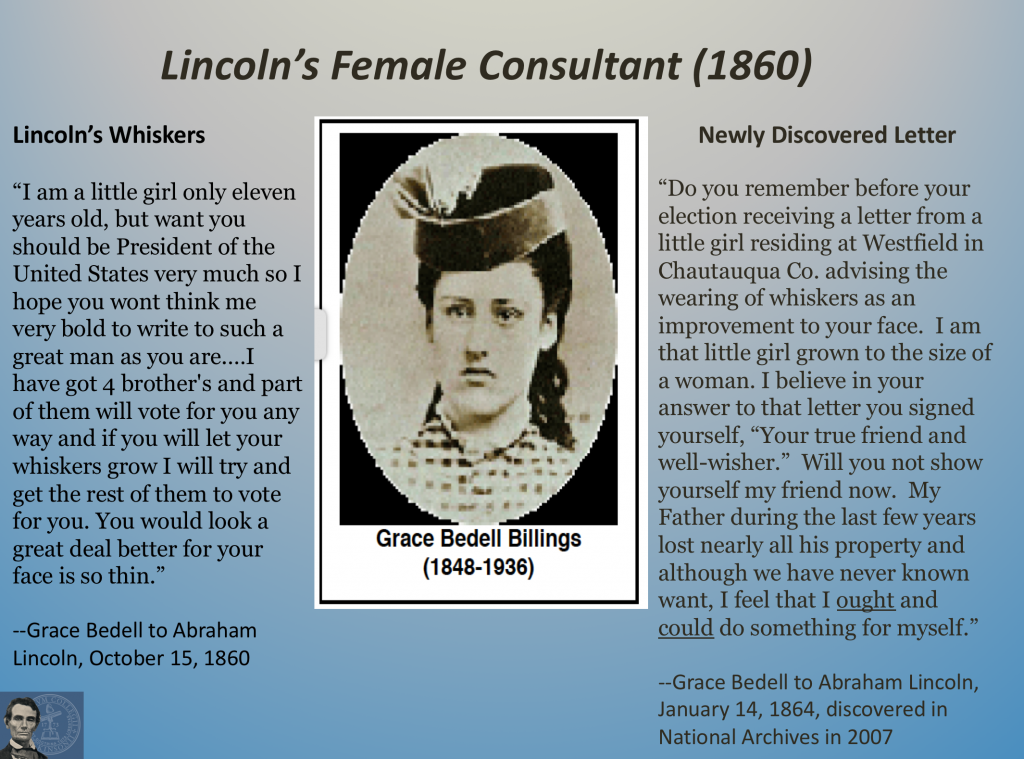
Here is a draft slideshow built from the work of students in History 211 showing scenes from Election Days past in American history.


Here is a draft slideshow built from the work of students in History 211 showing scenes from Election Days past in American history.
Why did the results of the 1860 election trigger Civil War?

The election of 1860 was the only presidential election in American history that resulted in widespread violence. Seven states in the Deep South, led by South Carolina, refused to accept the results of the contest that elevated the new Republican Party and its nominee, Abraham Lincoln, into national power. Secession began in December 1860 (with an ordinance drafted by Dickinson College graduate John A. Inglis) and escalated into the organization of the Confederate states in February 1861 and then full blown Civil War by April when President Lincoln refused to back down in the face of assaults on Fort Sumter in Charleston harbor.
Thus, the 1860 contest stands alone in American history. Yet how should students best understand its meaning? In History 211, students will look carefully at the so-called “campaign” of Abraham Lincoln, through study of his 1859 autobiographical sketch and his October 1860 letter to a young girl named Grace Bedell. C-SPAN filmed a previous version of this particular class in 2010. You might want to check it out (and pay particular attention to the late student arriving at the beginning of the video…).
For those who need additional background on the contest, please check out the following resources:
CNN calls the 2000 election for Gore, then for Bush, and then as too close to call, November 8, 2000:
ABC News describes Florida recount problems on November 12, 2000:
ABC News on the Gore v. Bush per curiam decision on the evening of December 12, 2000:
During the last couple of weeks, students in History 211, “US Elections,” have been studying some of the most dramatic protests for voting rights in American history. They studied the story of parades and hunger strikes for woman’s suffrage. They also learned about the complicated, lengthy struggle to make the Fifteenth Amendment a reality in twentieth-century America. In 2012, CBS News offered a powerful segment recalling one of those moments of struggle –the violence which erupted on “Bloody Sunday,” March 7, 1965 at the Edmund Pettus Bridge near Selma, Alabama. After reading Chapters 7 and 8 of Alexander Keyssar’s Right to Vote (2009 ed.), students should be able to identify several elements of this video as being especially teachable for anyone who wants to recall how voting rights and civil rights converged in the mid-twentieth century.
Historian Alexander Keyssar does a good job of dissecting the complicated endgame of the woman’s suffrage movement (though note that Keyssar calls it the women’s suffrage movement –students should consider what the difference in usage implies). This image of a suffrage parade in New York captures many of the issues raised by Keyssar’s narrative in his book, The Right to Vote (2009 ed.). It also highlights many of the key insights of this course, which is why a detail from it appears on the banner image. You can read more about it at the Dickinson Survey of American History. Students interested in this subject might also appreciate two essays from previous iterations of the History 211 course, by Alex Poeton, on the role of women in the Election of 1912, and Ryan Sellinger, on female support for Herbert Hoover in 1928.
Hillary Clinton and Donald Trump will debate three times in 2016, on September 26,
October 9, and and October 19. This is shaping up to be a pivotal series of encounters and yet the story of formal presidential debates is a relatively new one in American political culture. Abraham Lincoln and Stephen Douglas competed against each other for president in 1860, but they didn’t debate, at least not that year. Their famous Lincoln-Douglas Debates were part of the 1858 senatorial campaign in Illinois. In the nineteenth century, presidential candidates barely ventured out int0 the open, let alone debate each other. Douglas did travel and speak in 1860, but Lincoln stayed home in Springfield.
The first real series of presidential debates was in 1960, between John F. Kennedy and Richard Nixon. Their televised clash was so famously consequential (and so complicated by FCC rules), that presidential candidates did not debate again in the general election until 1976. They have been debating almost ever since (except in 1980), however, and that is why we know that the Clinton-Trump debates will matter. For the last forty years, these contests have been critical in shaping the decisions of swing voters.
Time magazine online has a good piece from 2015 that documents “10 Memorable Moments” from these debates, including some powerful video clips. The Committee for Presidential Debates also has a helpful reference page outlining the history of American political debates. Students in History 211 should consult these resources before watching the Clinton-Trump series. Prof. Pinsker will be live-tweeting historical context from @House_Divided with the hashtag #hist211. Feel free to join that conversation if you want.
Powered by WordPress & Theme by Anders Norén